Table of Content
Choosing the appropriate sink is a crucial choice to make when considering renovating your kitchen. Butler sinks and Belfast sinks are both common types. Although they appear similar, they possess distinct variations that may impact your decision. This guide will clarify the characteristics of these sinks, highlight their differences, and assist you in choosing the most suitable option for your kitchen. Understanding these sinks will simplify and enhance your kitchen renovation whether you prioritize style, practicality, or both.
What is Butler Sink?
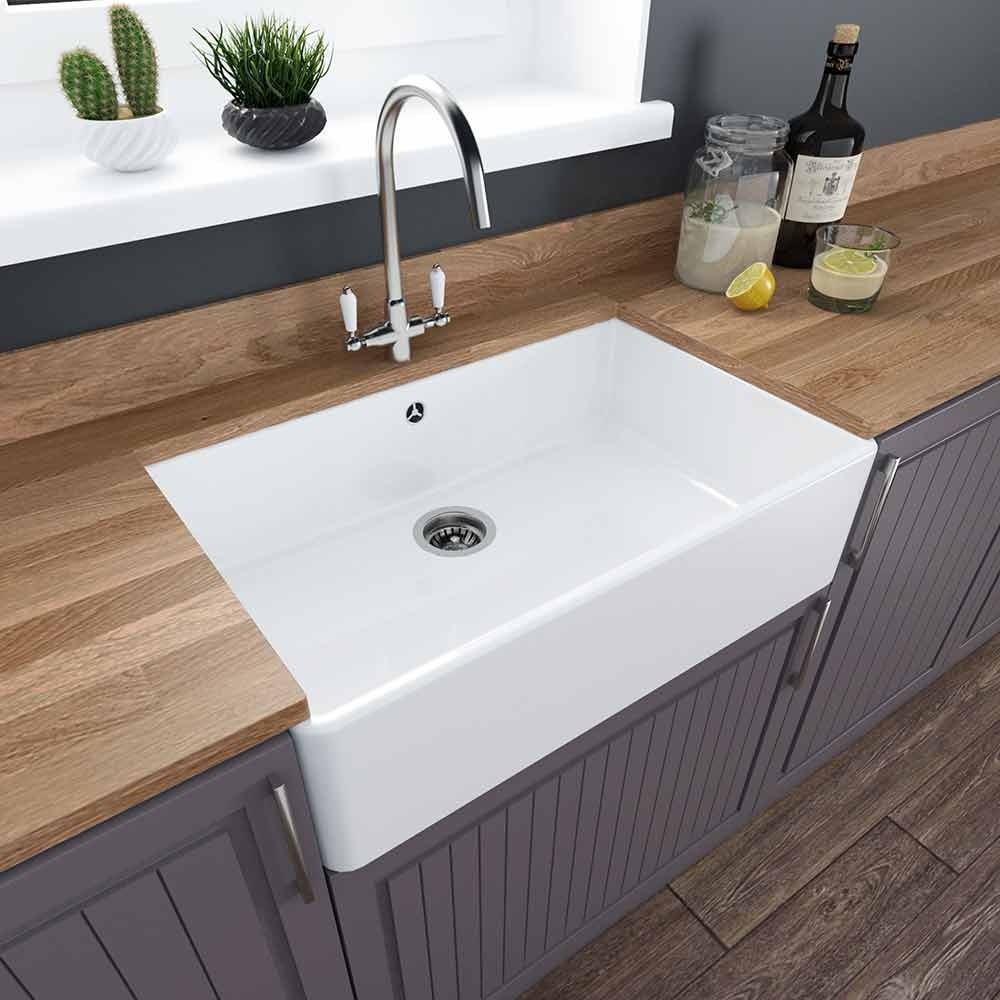
A Butler sink, also called a farmhouse sink, is a deep, rectangular sink typically crafted from fireclay. The design includes a seamless front panel that hangs over the cabinetry. Developed in the UK, it was created for extensive use in spacious, bustling kitchens. The simplicity and flat front of a Butler sink make it a popular choice in traditional and modern kitchen designs.
What is Belfast Sink?
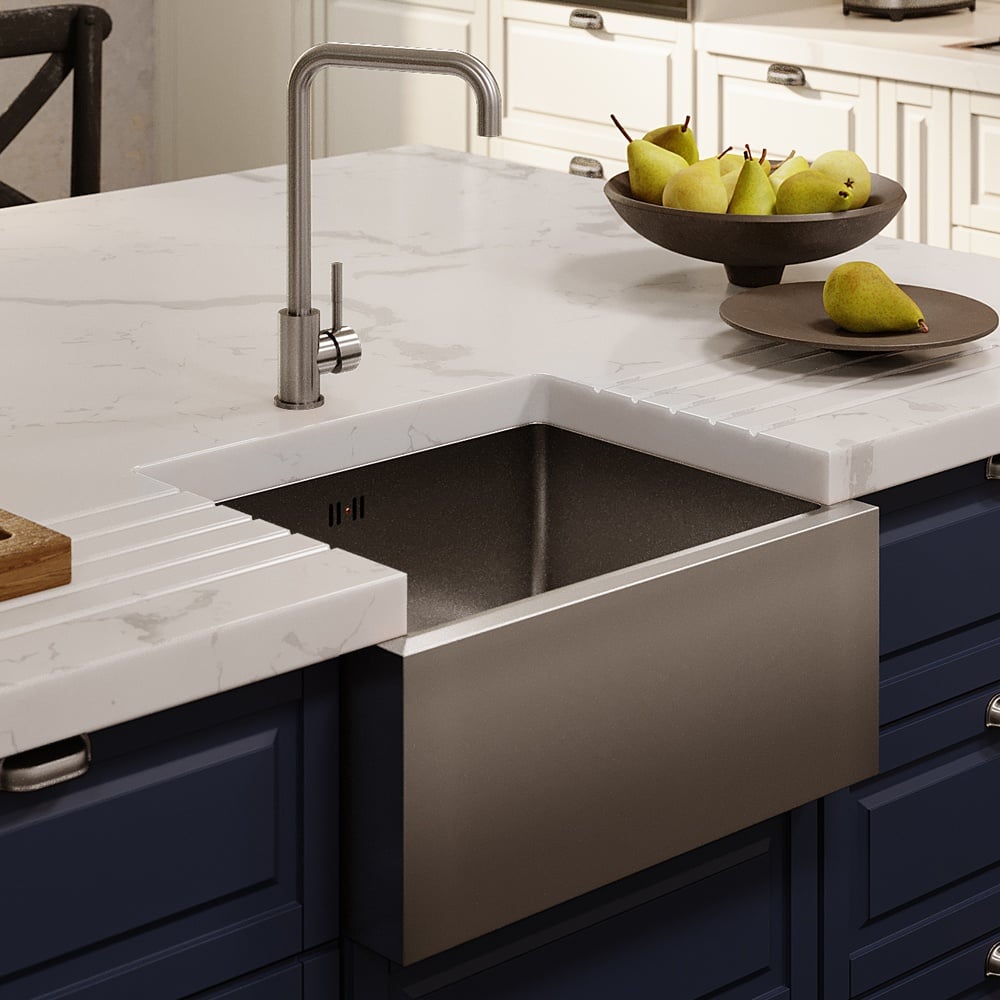
The Belfast sink, like the Butler sink, is also a rectangular fireclay sink with an apron front. Nonetheless, it comes from Belfast, Ireland, where a big sink with a weir overflow was essential to avoid spills because of the abundant water supply. The Belfast sink is a bit bigger and deeper than the Butler sink and has an overflow to prevent water overflowing.
Also Read: Timeless Beauty: Italian Chandeliers for Inspired Living Spaces
Key differences between Butler and Belfast Sinks
Overflow
- Butler Sink: Typically does not include an overflow.
- Belfast Sink: Includes a weir overflow to manage excess water.
Size
- Butler Sink: Generally less deep compared to a Belfast sink.
- Belfast Sink: Deeper, allowing more room for dishes and larger kitchen items.
Style and usage
- Butler Sink: Ideal for both traditional and contemporary kitchens; focuses on aesthetics and functionality.
- Belfast Sink: Best suited for larger kitchens that require a sink capable of handling a lot of use and water.
Pros and cons
Pros
- Both types of sinks feature a deep basin that is perfect for accommodating large items.
- Constructed from fireclay, these sinks are highly durable and resistant to scratches and chips.
- The apron front design combines style with functionality, helping to minimize water spillage onto the cabinetry.
Cons
- Both types can be pricier than standard sinks.
- The heavy weight of fireclay necessitates strong cabinet support.
- The lack of or limited overflow in Butler sinks can be a drawback if not carefully monitored.
Choosing the right sink for your kitchen
When deciding between a Butler and a Belfast sink, consider the following:
- Kitchen size: A Belfast sink might be more practical in larger kitchens due to its size and depth.
- Aesthetic: Consider which style aligns with your kitchen’s design theme.
- Functionality: Think about the usability and the amount of use the sink will get.
Also Read: Home decor ideas inspired by Indian folk art

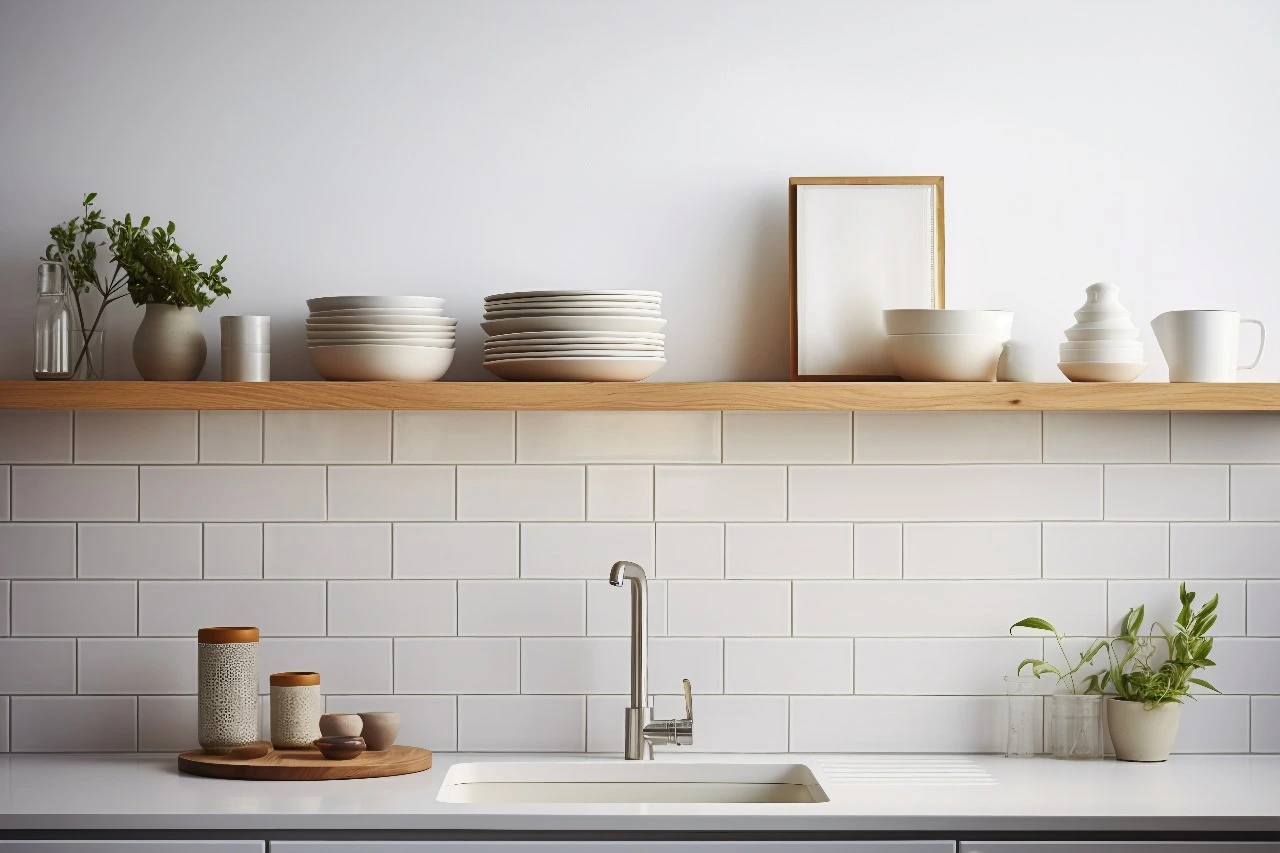

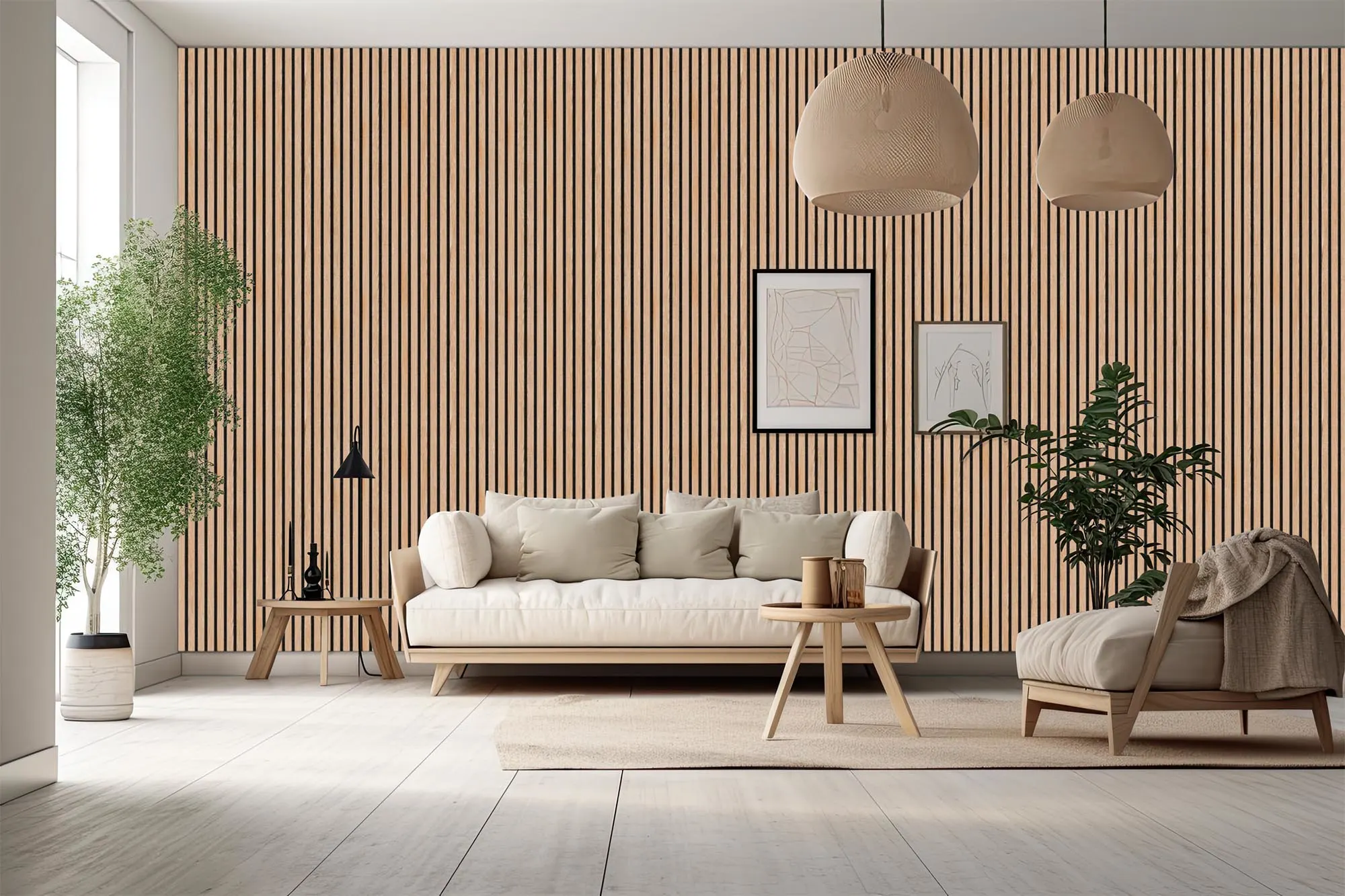
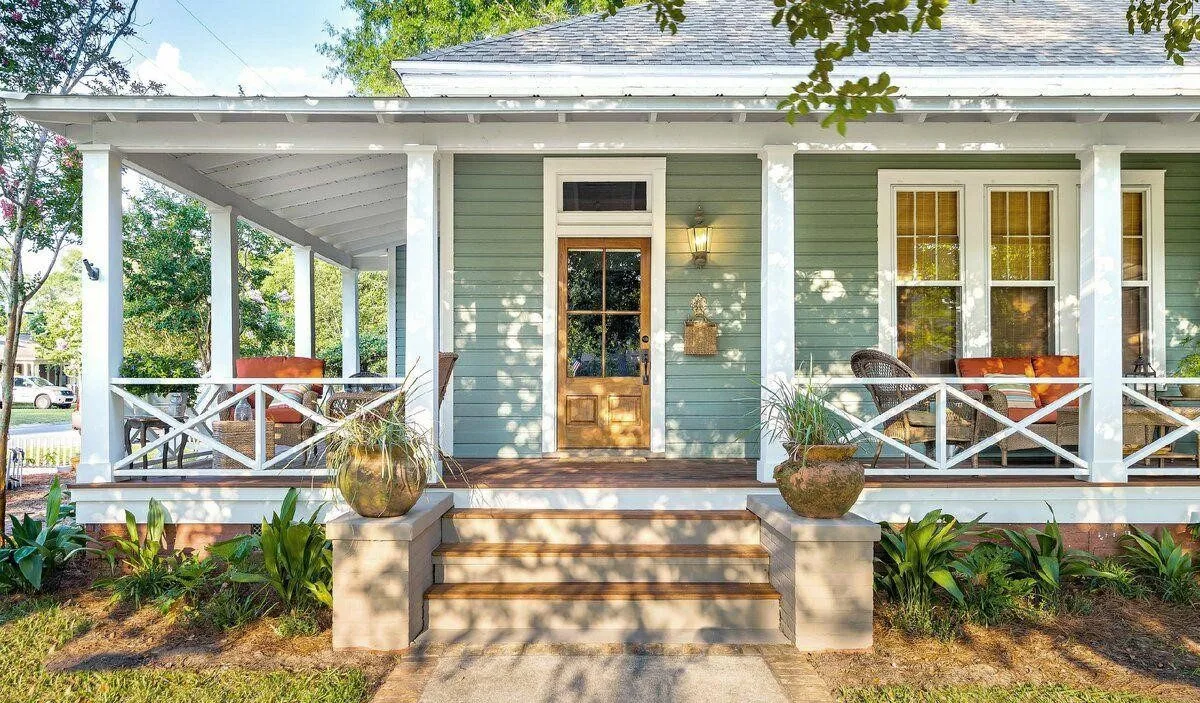


_1767164061.webp)


Ans 1. Butler sinks were built slightly wider and shallower than Belfast models, to encourage the conservation of water while still fitting into large kitchen cabinets. Belfast sinks were usually deeper as limiting water used wasn't necessary.
Ans 2. Belfast sink units will work well in most kitchens, as they can be fitted in various ways to create a unique look that matches your kitchen, but if you're looking for a traditional kitchen, perhaps one with a farmhouse kitchen feel, a Belfast sink is a natural fit.
Ans 3. While Belfast sinks are undoubtedly charming and functional, they do have a few disadvantages that you should consider: Size and Weight: Belfast sinks are typically heavy and large, which might require reinforced cabinetry for support. They also take up a lot of space, which might not be suitable for smaller kitchens.
Ans 4. Rectangular sinks with sharper edges contribute to a minimalist or modern kitchen design. Rounded edges are better for traditional kitchens. If your kitchen has a trendy style, opt for D-shaped sinks, which offer more space than similarly sized rectangular sinks.
Ans 5. Copper has antibacterial properties, stainless steel won't rust, white is easy to clean, and black is more resistant to stains. These are all great qualities to have in your kitchen sink, but if it doesn't match the rest of your kitchen, is it really worth it?